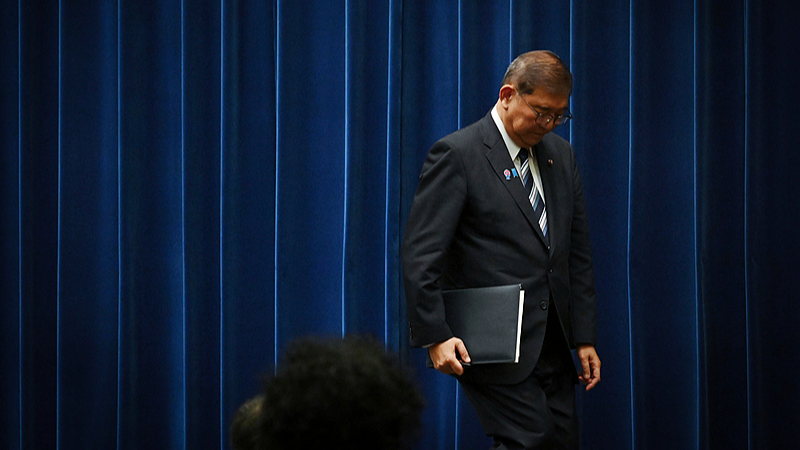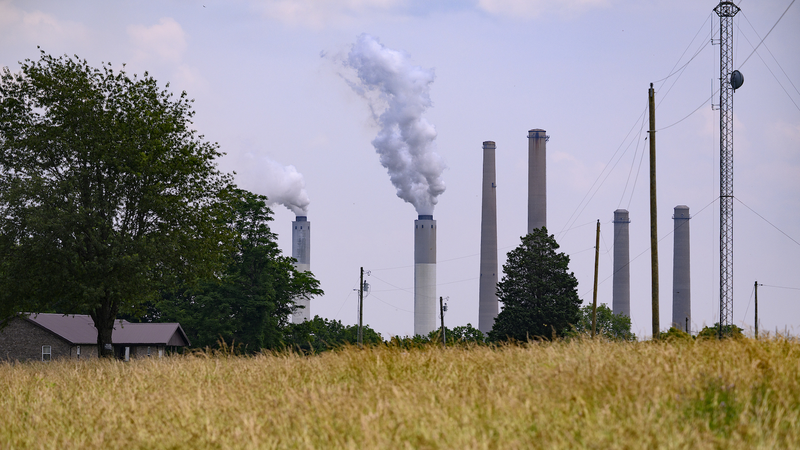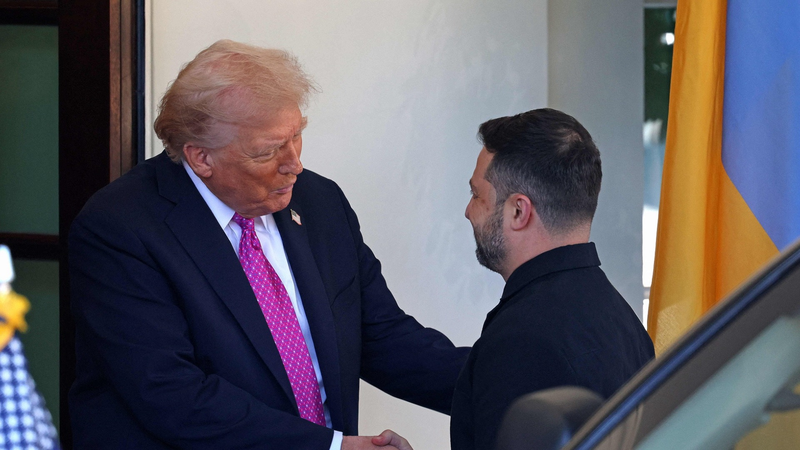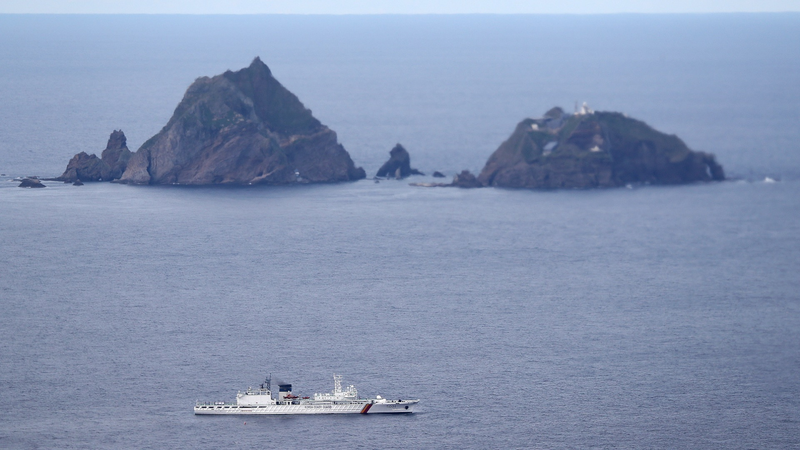Japanese Prime Minister Shigeru Ishiba 😲 announced he will step down, triggering an emergency leadership race in his Liberal Democratic Party (LDP). Since taking office less than a year ago, Ishiba’s popularity dipped after two tough election losses and rising living costs frustrated voters.
One of Ishiba’s key wins was a trade agreement with the United States that eased Donald Trump’s automotive tariffs—a relief for Japan’s car giants. Ishiba said "we’ve cleared a major hurdle," and now wants to "pass the baton" to a new generation of leaders. But why resign now?
First, the clock was ticking: persistent inflation, especially in daily staples like rice and fish, has hit wallets across Tokyo, Manila and New Delhi. Next, the LDP’s internal drama—senior officials calling for a fresh face—made it hard for Ishiba to keep the party united. Rival Sanae Takaichi, known for her hardline views, is already eyeing the role.
Market watchers note the resignation spooked investors, pushing the yen lower and bond yields higher. For tech-savvy youths in SEA and SA, this means smartphones, gadgets and even gaming gear could get pricier if currency swings continue.
What’s next? Expect a fast-paced leadership contest with familiar names like farm minister Shinjiro Koizumi and Takaichi in the running. All eyes will be on how the new PM tackles inflation, revives growth and manages US ties—plus, whether Tokyo can keep its cool amid global uncertainties.
Whether you’re watching automotive trends in Bangkok or tracking rice prices in Dhaka, Ishiba’s exit is a reminder: political shifts can have ripple effects from Tokyo to Jakarta and beyond. Stay tuned as Japan’s next chapter unfolds! 🔍
Reference(s):
cgtn.com




